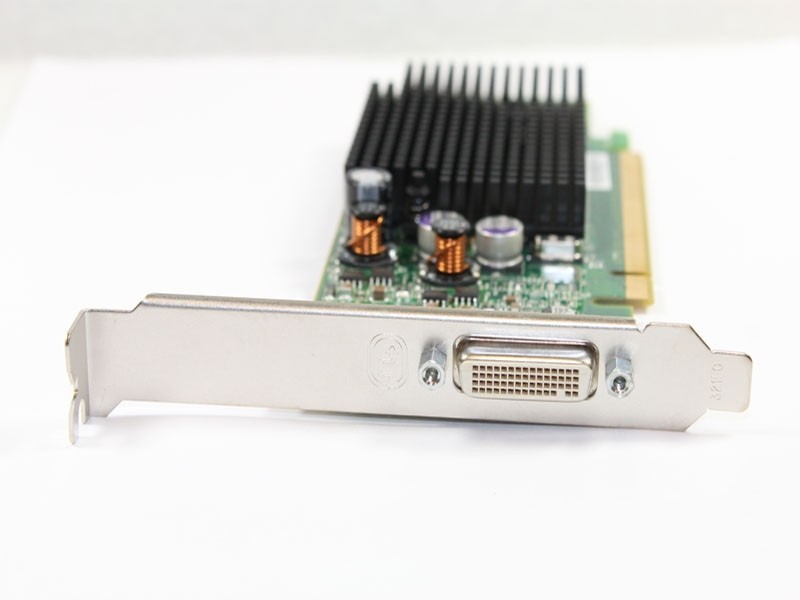

- ATI RADEON AUTO DETECT DRIVER PRO
- ATI RADEON AUTO DETECT DRIVER PC
- ATI RADEON AUTO DETECT DRIVER SERIES
- ATI RADEON AUTO DETECT DRIVER TV
The acquisition consideration included over $2 billion financed from a loan and 56 million shares of AMD stock. On July 24, 2006, AMD and ATI announced a plan to merge together in a deal valued at $5.4 billion. Dave Orton replaced him as the President and CEO of the organization. Ho remained as Chairman of the Board until he retired in November 2005. Later in 2005, ATI acquired Terayon's Cable Modem Silicon Intellectual Property strengthening their lead in the consumer digital television market. ATI was contracted by Microsoft to create the graphics core (codenamed Xenos) for the Xbox 360. They have also created a modified version of the chip (codenamed Hollywood) for the successor of the GameCube, the Wii. In 2000, ATI acquired ArtX, which engineered the Flipper graphics chip used in the Nintendo GameCube game console. Later generations expanded this to include flexibility for easy construction of both integrated and discrete parts from the same technology. The range stretches from the high-end Radeon HD 3000/4000 series, which support DirectX 10.1 Unified shader model technology, to Mobility Radeon products for laptops, and to the budget series, such as Radeon X1300. Technology developed for a specific Radeon generation could be built in varying levels of features and performance in order to provide products suited for the entire market range. The initial Radeon graphics processing unit was an all-new design with DirectX 7.0 3D acceleration, video acceleration, and 2D acceleration. The Radeon line of graphics products was unveiled in 2000.

In 1997, ATI acquired Tseng Labs's graphics assets, which included 40 engineers. The Mobility product line had to meet requirements different from desktop PC, such as minimized power usage, reduced heat output, TMDS output capabilities for laptop screens, and maximized integration.
ATI RADEON AUTO DETECT DRIVER TV
The cards featured 3D acceleration powered by ATI's second generation 3D Rage II, 64-bit 2D performance, TV-quality video acceleration, analog video capture, TV tuner functionality, flicker-free TV-out and stereo TV audio reception.ĪTI made an entrance into the mobile computing sector by introducing 3D-graphics acceleration to laptops in 1996. The All-in-Wonder product line introduced in 1996 was the first combination of integrated graphics chip with TV tuner card and the first chip that enabled to display computer graphics on a TV set. 3D acceleration in the Rage line advanced from the basic functionality within the initial 3D Rage to a more advanced DirectX 6.0 accelerator in the 1999 Rage 128.
ATI RADEON AUTO DETECT DRIVER PRO
In particular, the Rage Pro was one of the first viable 2D-plus-3D alternatives to 3Dfx's 3D-only Voodoo chipset. The ATI Rage line powered almost the entire range of ATI graphics products. This chip was based on the Mach 64 but it featured elemental 3D acceleration. In 1994, the Mach64 accelerator debuted, powering the Graphics Xpression and Graphics Pro Turbo, offering hardware support for YUV-to-RGB color space conversion in addition to hardware zoom early techniques of hardware-based video acceleration.ĪTI introduced its first combination of 2D and 3D accelerator under the name 3D Rage. went public in 1993 with stock listed at NASDAQ and Toronto Stock Exchange. Debuting in 1992, the Mach32 offered improved memory bandwidth and GUI acceleration performance. In May 1991, the company released the Mach8, ATI's first product able to process graphics without the CPU.

By 1987, ATI had grown into an independent graphics card retailer, introducing EGA Wonder and VGA Wonder graphic card product lines under its brand that year.
ATI RADEON AUTO DETECT DRIVER PC
Working primarily in the OEM field, ATI produced integrated graphics cards for PC manufacturers such as IBM and Commodore. In 1985, ATI was founded as Array Technologies Incorporated by Kwok Yuen Ho, Benny Lau and Lee Ka Lau. These two companies' dominance of the market forced other manufacturers into niche roles.
ATI RADEON AUTO DETECT DRIVER SERIES
The flagship product, the Radeon series of graphics cards, directly competes with NVIDIA's GeForce. Its main competitor is NVIDIA in the graphics and handheld market.

The AMD Graphics Product Group is a fabless semiconductor company conducting in-house research and development and outsourcing the manufacturing and assembly of its products. In 2006, the company was acquired by Advanced Micro Devices (AMD) and was renamed the AMD Graphics Product Group or ATI Technologies ULC, although the ATI brand was retained for graphics cards. (ATI) was a major designer and supplier of graphics processing units and motherboard chipsets.


 0 kommentar(er)
0 kommentar(er)
